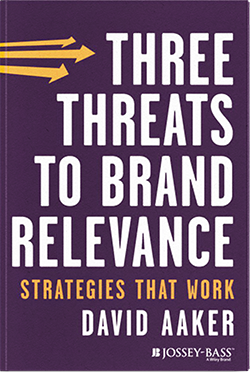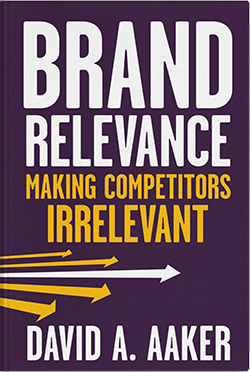BLOG
How General Mills Gained Brand Relevance
Food companies are using different strategies to enter the organic and better food universe.
A sizable and growing customer segment is looking for organic and natural products, and as a result, packaged food companies are facing a brand relevance problem. One company that has done well in this difficult and changing environment is General Mills.
The General Mills Acquisition Strategy
There is a lot to like about their acquisition strategy. Take major General Mills acquisition, Annie’s, bought in 2014 for just under one billion dollars: Annie’s makes Mac & Cheese, snacks, dressings and frozen food all under the organic and natural labels. The brand is fast-growing, authentic and high quality with an expanding product footprint. The purchase provides General Mills with another growth platform in the healthy eating arena. And there were important acquisitions even before the purchase of Annie’s.
“These acquisitions provided not only new growth platforms but an injection of knowledge and passion around organic and natural.”
Back in 1999, General Mills acquired Small Planet Foods, owners of Cascadian, which is a maker of organic frozen fruits and vegetables and Muir Glenn, the maker of canned organic tomato products. In 2008, Larabar, a fruit and nut-based energy bar that has become a player in the healthy end of a growth segment, was purchased. And in 2012, General Mills bought the “Food Should Taste Good” line of snacks, also marketed as organic and natural. These acquisitions provided not only new growth platforms but an injection of knowledge and passion around organic and natural.
How General Mills’ Acquisitions Power Relevance
Brand relevance is a measure of how integral a brand is to people’s lives— the more relevant the brand, the more equity, presence, and importance the brand has. General Mills took a unique approach to boosting relevance by recognizing new customer demands— in this case, the demand for healthy foods— and acquiring other brands that offer innovative, healthy products across different areas of customers’ lives.
Annie’s in particular is credited with providing leadership in product innovation and distribution. Several of the long-held General Mills brands joined the effort. Fiber One had been a leader in the fiber race for years – first in cereals, then in snacks – and is currently on a growth surge. If fiber is your concern, Fiber One will be preferred.
Nature Valley connects to the core health segment not only through its products but also because of its support of the national parks. The Nature Valley Trail View provides 360-degree views of 400 miles of national park trails across the country. Yoplait Greek 100 also has a lot of healthy characteristics and is one of GM’s current winners.
General Mills has also made product changes that have been responsive to the healthy eating trend as well. In 2004, it changed its cereal line to whole grains and reduced sugar levels sharply in kid’s cereals. Yoplait also reduced the amount of sugar in its products.
In 2011, General Mills begin to source eggs from cage-free sources. It was an early leader in gluten-free products, long before gluten-free became trendy. By adding gluten-free options to top-selling brands such as Cheerios, General Mills now has 600 products that are gluten-free. And of course, they have Betty Crocker to lend her credibility to their effort to improve food choices.
A Different Route: Kellogg’s Approach with Kashi
In contrast to General Mills, Kellogg’s, only a bit smaller in sales than General Mills, has gone a different route. Kellogg’s bought Kashi in 2000, its “healthy” entrée into the market, but it’s performing badly because it lacks the organic and natural focus of the brands that are competing for the knowable, health-conscious segment.
Rather, Kashi emphasizes whole grains, high protein and fiber, which is not enough today. It has experienced difficulty in connecting with the target segment, as exemplified by their response to a grocer who posted to social media accounts that Kashi uses genetically modified organisms (GMOs) despite their claim to be natural. Kashi replied that the FDA does not regulate the use of the word “natural.” And while this may be true, most people imply that natural means that processed food has no artificial ingredients, pesticides or GMOs. In part because of the decline of Kashi sales, Kellogg saw its earnings per share in 2014 decline sharply. In contrast, the earnings per share at General Mills continued a healthy increase year by year that it has enjoyed for the last five years.
FINAL THOUGHTS
General Mills was able to gain relevance in this important growth segment for one reason: They saw a relevance challenge early and responded with acquisitions, investments in products and programs, and a sense of direction powered by their mission and values. The value of real commitment shows.
Learn more about achieving brand relevance in innovative ways.



